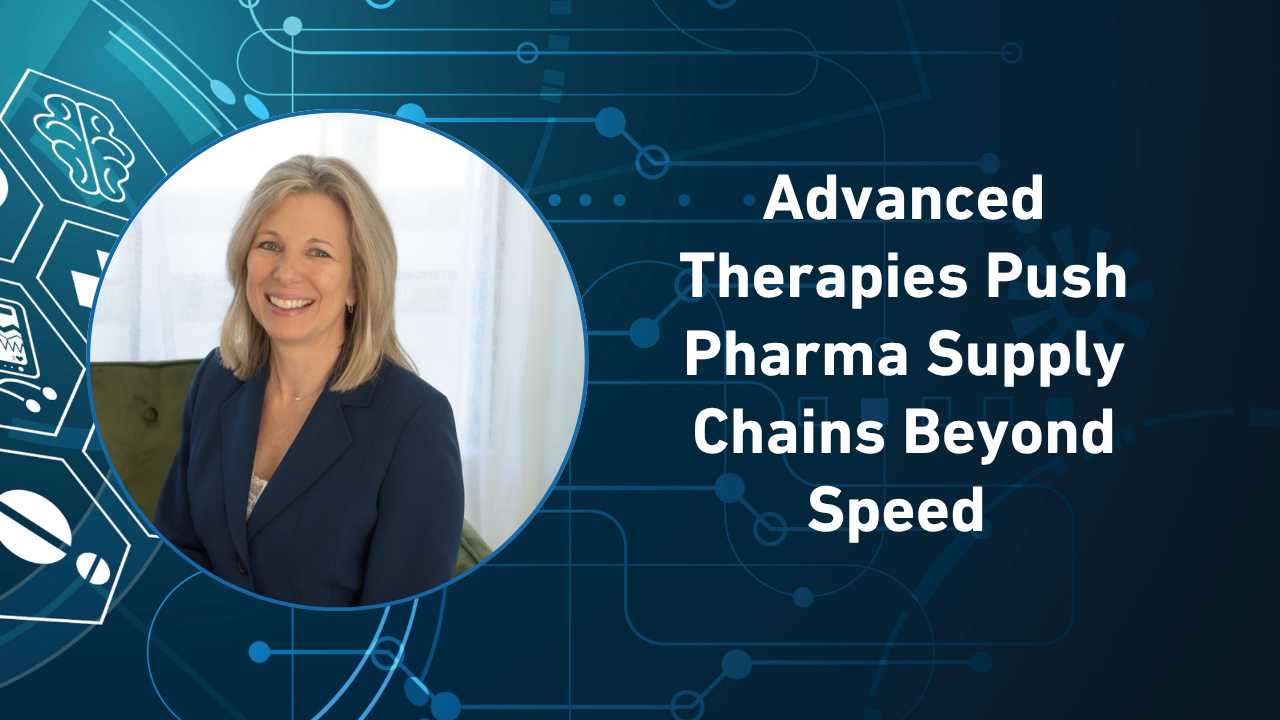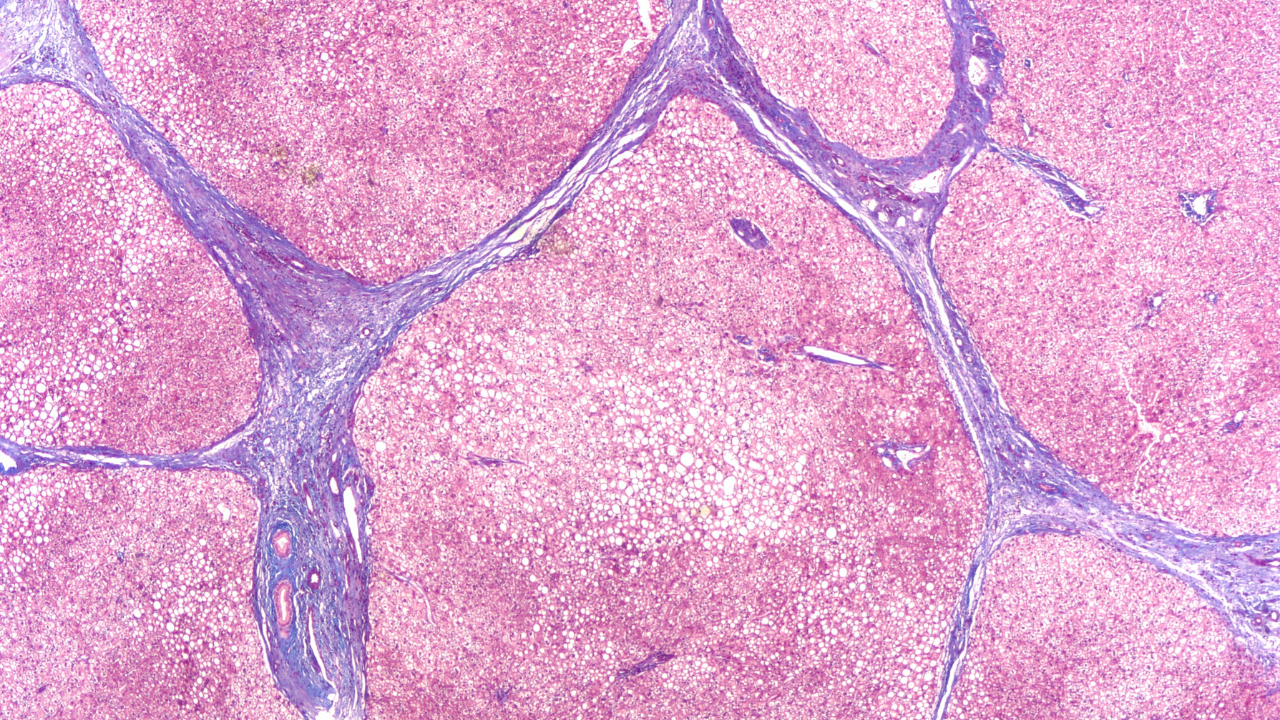In a keynote fireside panel on “The Future of Supply Chain in the Era of Advanced and Specialty Therapies,” industry leaders underscored the growing importance of collaboration across the entire healthcare ecosystem. The discussion, highlighted by insights from McAsey alongside other panelists, explored how new demands in the supply chain are reshaping the delivery of advanced therapies to patients.
The most critical theme was collaboration across all nodes of the supply chain. Unlike traditional models, where stakeholders often operated independently, today’s environment requires a highly integrated approach spanning manufacturers, distributors, providers, and ultimately, patients. This collaborative framework ensures that therapies not only move efficiently through the system but also maintain integrity and accessibility at every step.
Technology emerged as a central enabler of this collaboration. Advanced tools are helping companies improve visibility, track therapies in real time, and strengthen communication across the supply chain. By integrating digital platforms, stakeholders can reduce risks, address disruptions quickly, and provide a stronger assurance of patient outcomes.
Another key theme was the intentional use of physical assets. As therapies become increasingly specialized, supply chains must adapt with precise logistics tailored to these high-value, sensitive products. From controlled storage environments to optimized transportation networks, precision in handling is now a necessity rather than an option.
Finally, partnerships beyond the core manufacturer-distributor-provider triad are proving indispensable. Logistics providers, transit partners, and visibility technology vendors all play a vital role in ensuring therapies are delivered safely and reliably.
Taken together, the panel illustrated that in the era of advanced and specialty therapies, no single entity can deliver care alone. The future of patient-centered supply chains lies in shared responsibility, cross-sector collaboration, and leveraging both technology and physical infrastructure to achieve better outcomes.
McAsey also comments on how advanced therapies are challenging traditional supply chain models; the value of end-to-end visibility, real-time data, and collaboration in reducing disruption and ensuring continuity of care; trends she’s noticed at this year’s LogiPharma USA; and much more.
A transcript of her conversation with PC can be found below.
PC: How are advanced therapies challenging traditional supply chain models, and what adaptations do you believe are needed?
McAsey: Challenging the traditional supply chain model, traditional kind of pharma has been—in the distributor space—built for speed and efficiency, and while that’s critically important, quality is of the utmost importance. The supply chain seems to be a little bit longer and has a lot more partners as we think about the precision medicine, and potentially one therapy for one cure and one patient.
The investment in technology to ensure end-to-end visibility and end-to-end communication is really, really important, so that’s challenging the model. There are also temperature challenges, vibration challenges, multiple other scenarios that we have to account for with these specialized drugs.
How are we addressing that? Really around investments, and we have to look again across the supply chain for those investments, whether it’s in refrigeration, in frozen, in cryo, or whether it’s digital investments that allow for that visibility and tracking and communication between the provider, as well as the manufacturer of the drug or the therapy. You have to hit it from both angles, but I think as we sit in the middle as a distributor, we’re well positioned to do both.










